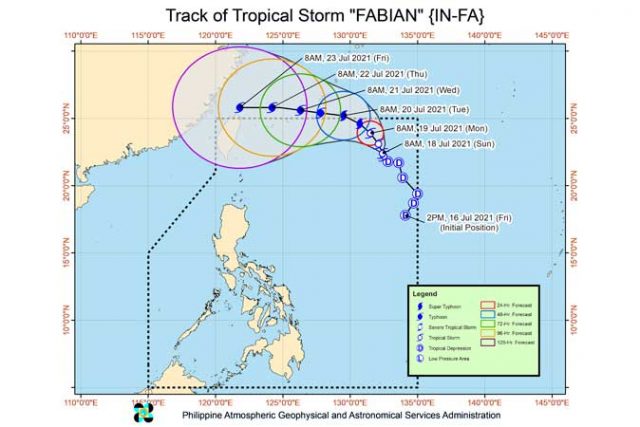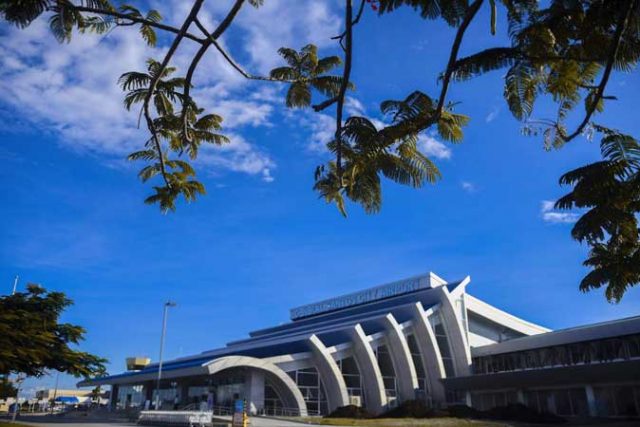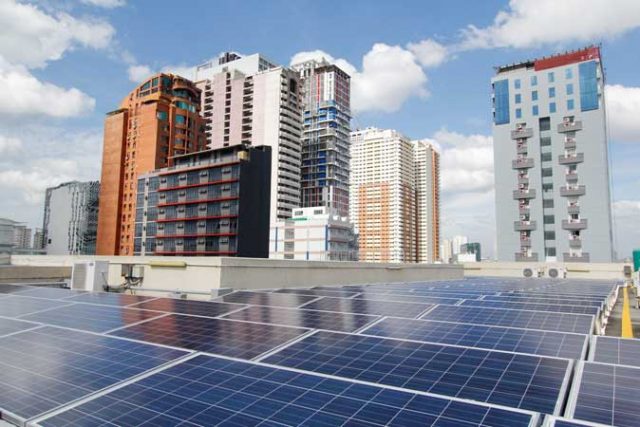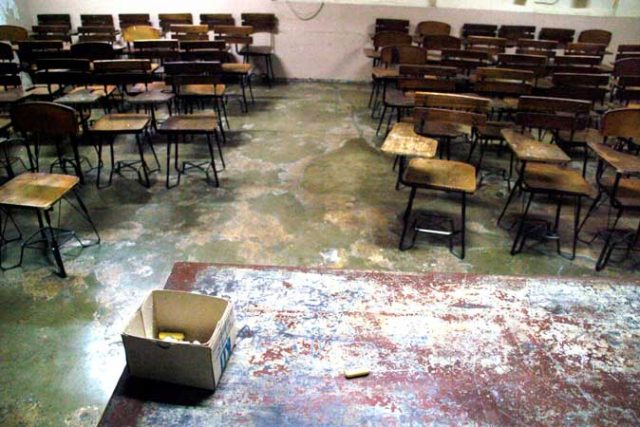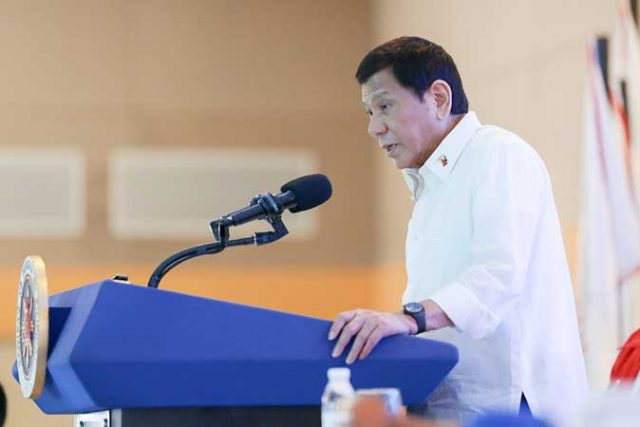The economic story of the Philippines under the administration of President Rodrigo R. Duterte has been a tragedy. After being heralded by the international community as Asia’s most promising economy in 2015, the Philippines has become its sick man all over again. This is validated by our decline in most economic and social development indices in the last four years. Following our peak in 2015, 2016, and 2017, the Philippines dropped in economic competitiveness, economic freedom, corruption perception, justice and rule of law, gender equality, press freedom, and more.
But what is most alarming is the deterioration of the country’s finances. Note, the deterioration began even before the pandemic, only to worsen to “concerning levels” after government imposed the world’s longest, most restrictive lockdown.
Our problems start with gaping balance of trade deficits and declining foreign direct investments.
Our balance of trade, or the difference between exported goods and imported goods, was at only -$15.92 billion (deficit) in 2015. The deficit has grown to a whopping $50.02 billion in 2018, tapering slightly to $41.98 billion in 2019 and $21.84 in 2020. The decline in 2020 was due to the overall slowdown of trade following the contagion. The 2019 trade deficit represented 11.61% of GDP.
Trade deficits ballooned during the Duterte administration as imports expanded by an average of 14% from 2016 to 2019 while exports could only muster a 5% average growth rate. Although a good portion of imports were attributed to materials used for infrastructure projects, it was exacerbated by the massive importations of consumer goods.
The Duterte administration allowed the economy to become increasingly dependent on imports for practically all our needs, including basic food, consumer goods, and construction materials. This was done without giving due protection or support to local industries. This resulted in the successive demise of many of our industries including aquaculture and fisheries, leather goods, garments, jewelry, wood products, creative industries, and more.
The growth of the manufacturing sector has decelerated from a high of 8% in 2017 to only 5.10% in 2018 and 3.2% in 2019. The manufacturing sector lost its momentum due to our inhospitable business conditions and a lackluster commitment to the Manufacturing Resurgence Program initiated in 2013.
In fact, some 72.5% of the economy is now consumer driven, while the balance is attributed to production. This is a cause for concern. To be a balanced economy, consumption must comprise 60% of the economy at most.
So why can’t the growth of exports keep up with the growth of our imports? Apart from the relative failure to nurture local industries to be competitive enough to export, the Philippines has also been hard-pressed to attract foreign direct investments (FDIs). As we all know, FDI’s have a direct correlation to our capacity to export. Following our peak in 2017 when we attracted $10.26 billion worth of FDIs, foreign investments declined to $9.95 billion in 2018, $8.70 billion in 2019 and $6.4 billion in 2020. Mind you, our FDIs are about half of what Vietnam realizes.
There are many reasons why we lag in FDIs. Among the principal reasons is the negative list of industries where foreign participation is prohibited by the constitution, (un)ease in doing business, gaps in our supply chain, corruption in government, policy instability, the weak rule of law, uncompetitive fiscal incentives and the dearth of outward investment missions to woo foreign investors. Worsening matters is President Duterte’s animosity towards the west which dissuaded many American, European, Japanese, and Australian investors from setting up shop in the country.
The President’s pivot to China failed to attract Chinese FDIs as he had hoped. Neither did it yield the same official development assistance (ODA) as was given to Indonesia. In short, we got a pittance in return for being China’s obedient lap dog. The pivot was a policy disaster inflicted on us all without a cost-benefit analysis.
The economic policy of the Duterte administration relied on government spending to fuel consumption and drive the economy… not on investments, production, and exports. As a result, we have become an economy propelled by spending, not by production. This is the crux of the problem.
Government’s spending spree is reflected in the country’s budget deficit. A budget deficit occurs when government expenditures surpass its revenues in a fiscal year. Although government has been successful in raising revenues through taxes and other non-tax revenues from 15.2% of GDP in 2015 to 16.9% in 2020, its spending accelerated much faster. Hence, the budget deficit grew from only 0.9% of GDP in 2015 to 3.4% in 2019. It fell of the cliff in 2020 as the deficit reached 7.5%.
With gaping trade deficits and a dearth of FDIs, how does government stay afloat given its high level of spending?
As usual, the dollar inflows from OFW remittances and service exports (IT-BPO industry) save us from financial ruin. Between 2016 and 2020, OFW remittances pumped-in an average of $32 billion a year while our service exports contributed an average of $36.5 billion a year.
Have OFW remittances and service exports been enough to cover our deficits? No. There is a still a gap and it is funded by debt.
In 2016, the country’s debts (foreign and local) stood at some $118.35 billion, representing 42.2% of GDP. It was a manageable ratio considering the size of our economy. However, debt levels swelled to more than $177.21 billion by the end of 2020 which is about 58% of GDP (considering the economy contracted by 9.5%). By the end of the first quarter of 2021, the country’s debt to GDP ratio increased further to 60.4% of GDP. This is already above manageable levels, according to our multilateral lenders and credit-rating agencies. Making matters worse is that government is set to borrow an additional $60 billion this year to cover its budget gap. This means the country will end the year with a debt load of some $237 billion.
Come 2022, the incoming administration will face a myriad of problems that includes a widening budget deficit and bloated debt levels. If this is not resolved, government will have no choice but to cut spending across the board. This will lead to slower economic expansion, less infrastructure spending, and poorer public services. The other alternative is to sink deeper into debt or depreciate the currency.
The next administration will have to work double time to balance the budget and fix the economy. It will have to raise revenues by way of attracting FDIs, quickly. It will have to maximize export revenues by activating low hanging fruit (e.g., mining industries). It will have to recoup lost revenues from tourism.
For the medium to long term, there is no escaping the need to develop our manufacturing sector and aggressively pursue our manufacturing resurgence program. We will have to climb the value chain to produce more sophisticated goods and render more complex services. We will have to re-calibrate the economy from being inordinately consumption driven to one balanced between consumption and production. We will have to diversify the products in which the Philippines can competently produce from approximately 500 products today to 2,000 products (the Asian average). We will need to migrate the millions of low-income workers in the agricultural sector (25% of workforce), and low wage workers (23% of workforce) to higher paying jobs in the manufacturing or technical services sector.
There is a lot of work to do to fix our broken economy.
Andrew J. Masigan is an economist
andrew_rs6@yahoo.com
Facebook@AndrewJ. Masigan
Twitter @aj_masigan

